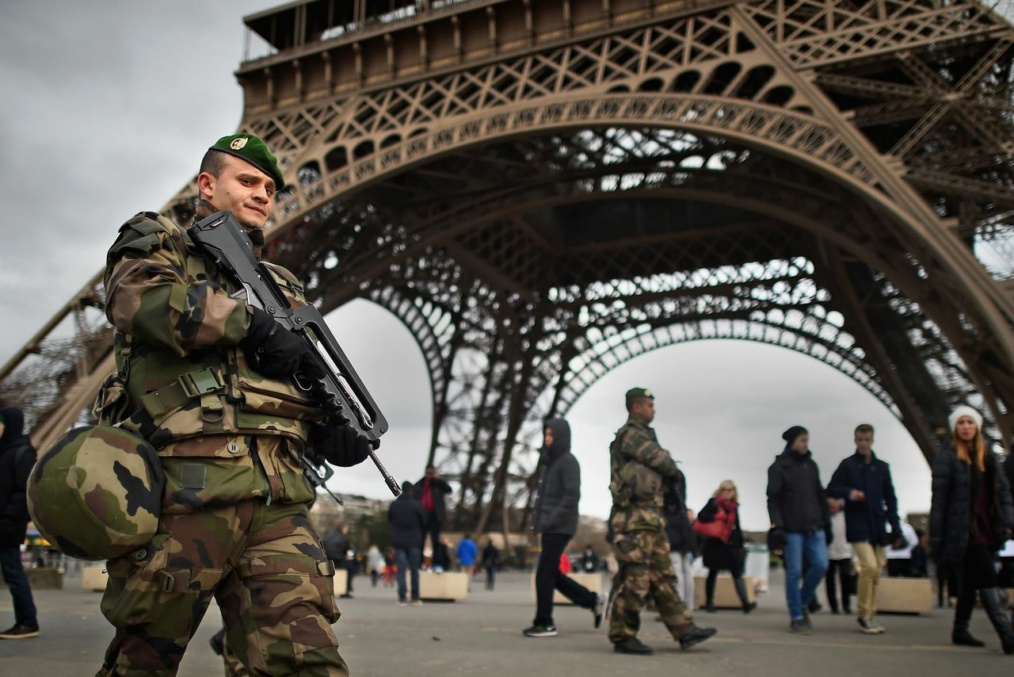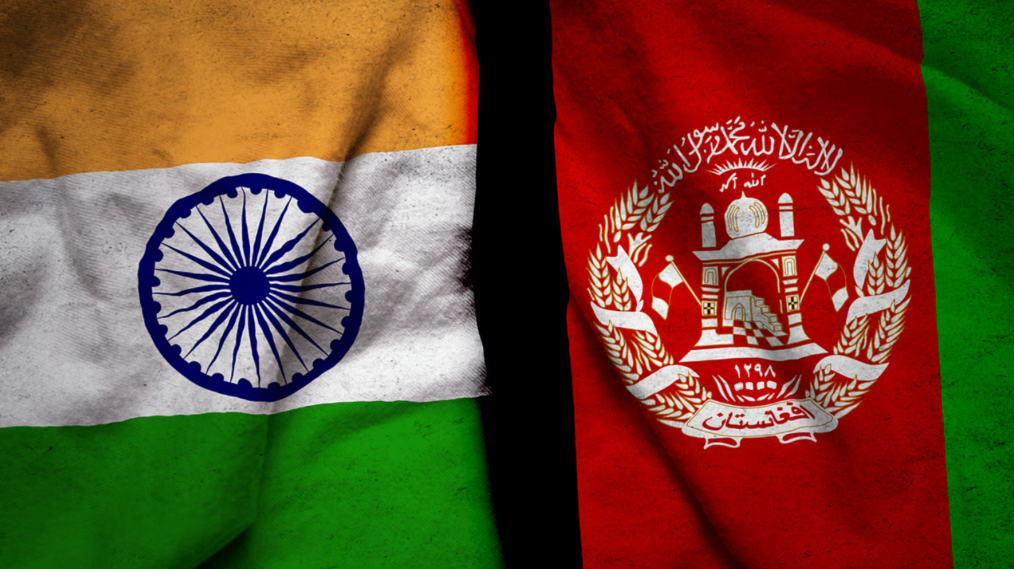During the 1990s, the U.S. and Colombian governments entered into a security and counternarcotics assistance agreement, known as Plan Colombia.
The strategy has been criticized both in favor and against due to its multiple impacts on security conditions in Colombia. For this reason, it is worthwhile to analyze its development and results in order to show how the strategies against drug terrorism have been implemented and what their effects have been.
What is the Plan Colombia?
At the end of the 20th century, the security situation in Colombia was extremely complex. The presence of drug traffickers, communist guerrillas, and the enormous extensions of coca hectares made it difficult for the Colombian State to guarantee territorial control and security throughout the country.
That is why in 1999, Colombian President Andres Pastrana and his U.S. counterpart, Bill Clinton, entered into a bilateral agreement called Plan Colombia. According to the Colombian National Planning Department, the Plan was an integral strategy of bilateral cooperation. The general objective is to combat illicit drugs and organized crime, in order to contribute to economic reactivation and the achievement of peace in Colombia, while strengthening control over the supply of illicit drugs on U.S. streets.
Plan Colombia had a 15-year duration and its initial budget was $7.5 billion, of which $1.6 billion was contributed by the United States. Between 2001 and 2016, the United States has reportedly provided an average of $404 million per year, prior to 2001 it was $262 million per year on average, to Plan Colombia.
However, in 2016, following a meeting between U.S. President Barack Obama and Colombian President Juan Manuel Santos, the transformation of the program and its nature was announced. Former President Obama stated that the new chapter of the U.S.-Colombia partnership would be called “Paz Colombia”, whose economic aid would be more than $450 million during 2017, in order to support human rights and victims’ rights in the framework of the Colombian peace process.
Plan Colombia’s Achievements
The implementation of Plan Colombia had considerable achievements and successes, which explain its continuity for 15 years. Some of its positive results include an improvement in special operations, intelligence, professionalism of the Armed Forces, respect for human rights, strengthening of the means to fight drug trafficking, and state presence with social investment in remote regions. Likewise, in terms of coca hectares, in 1999 there were about 200,000 hectares of coca cultivated, while in 2016 there were only 60,000 hectares.
Other positive impacts of the program were the continued strengthening of the country’s military forces as never before in history, advances in social policy, and improvements in security conditions.
In fact, according to the INDEPAZ foundation, Plan Colombia allowed the government to go on the offensive, retake initiatives, neutralize the guerrilla advance and change the correlation of forces in Colombia. Under the shadow of Plan Colombia and the Southern Command, the military and police forces in Colombia were restructured. Mountain brigades and battalions were reorganized. The army was professionalized and sustained tactical operations were defined in previously forbidden territories. The war and national defense budget tripled as a share of GDP and the force level reached the highest level in the history of six decades of counterinsurgency.
Likewise, the U.S. Ambassador to Colombia, Philip Goldberg, pointed out that Plan Colombia was a successful strategy that should now be a beacon to solve the multiple problems still burdening Colombia. This is due to the fact that the Plan had positive effects such as the improvement in the supply and logistics systems, communications, intelligence planning and military and police equipment, resulting in more effective operations against the guerrillas. Between 1999 and 2014 Colombia went from having 35 military helicopters to more than 200 and the number of professional soldiers increased from 23,000 to 88,000 in the same period of time.
In addition, the FARC guerrilla weakened from 25,000 men in 2002 to about 6,000 in 2013 and went from maintaining a presence in 555 municipalities to only 103 by the end of 2014.
The improvement in security conditions was reflected in the reduction of coca crops, the fact that violent actions by illegal groups decreased 66% between 2002 and 2015, and that attacks on physical infrastructure such as oil pipelines, energy towers, bridges and roads plummeted by 85%.
Finally, the program had a social investment component, as social policy programs such as Familias en Acción, Jóvenes en Acción and Empleo en Acción were created.
Critics of Plan Colombia
Despite its achievements and successes in improving security conditions in Colombia, Plan Colombia has also been criticized. The Plan’s implementation has had negative consequences, such as that drug trafficking deepened and fragmented during the Plan Colombia, making it more difficult to combat, and there was a marked increase in the number of victims of Colombia’s internal conflict, with more than 800,000 people said to have been victimized in 2008. In addition, there was an increase in illegal mining, which allows for the financing of illegal groups.
However, the greatest criticism of Plan Colombia has to do with the aspect of respect for human rights during its execution. The Colombia-Europe-United States Coordination (CCEEU) noted that Plan Colombia had serious human rights costs, such as since the beginning of the Plan, more than 6 million people were victimized, more than 4 million people were displaced, more than 4,300 civilians were allegedly killed by government military forces to increase the number of casualties, more than 1,000 trade unionists and 400 human rights defenders were killed, and countless women suffered sexual violence.
Some additional criticisms point out that Plan Colombia gave priority to military assistance over social programs, the lack of resources allocated to programs for the substitution of illicit crops, attention to the vulnerable and displaced population, reform of the judicial system and environmental protection, and that the fight against drugs in Colombia transferred the problem of drug trafficking and increased the levels of violence in several countries of the continent.
Balance of Plan Colombia: A Successful Strategy?
The figures show that Plan Colombia was a decisive factor for the Colombian State to overcome the critical public order situation at the end of the 1990s and to exponentially improve its capacity to confront the guerrillas, reduce coca crops and improve security conditions in a large part of the national territory.
In fact, the results achieved by Plan Colombia allowed the program to evolve and become “Peace Colombia”, since, thanks to the advances in military capabilities resulting from Plan Colombia, the Colombian State weakened the FARC guerrillas so much so that they had to negotiate a peaceful solution to the conflict.
On the other hand, Plan Colombia also had negative consequences, especially in such sensitive aspects as the violation of human rights. Therefore, it is worth evaluating the achievements, vulnerabilities, lessons learned and failures of such a program in order to implement similar strategies in Colombia’s future or in other countries struggling in the fight against drug trafficking and terrorism.
Finally, it must be understood that Plan Colombia is a strategy that was specifically designed to Colombia’s needs. Therefore, the implementation of similar programs in other regions must take into account the particular characteristics of their countries in order to achieve optimal results and impacts.
Daniel Felipe Ruiz Rozo, Counter-Terrorism Research Fellow





